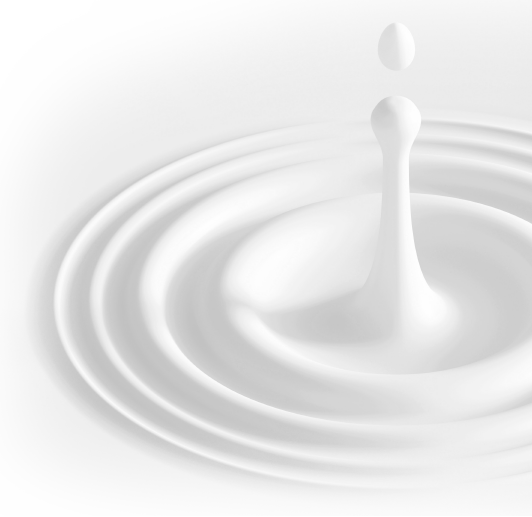ABC exporters are transport proteins that sit in the cell membrane and expel small molecules out of it. Unfortunately, some of them can pump antibiotics out of bacterial cells or chemotherapy drugs out of cancer cells, playing a pivotal role in drug resistance. Now, RESOLV scientists Enrica Bordignon and Lars Schäfer from the RUB University, in close collaboration with Markus Seeger (University of Zurich, Switzerland) and Mikko Karttunen (University of Western Ontario, Canada) shed new light on the inner workings of exporters. They show that keeping open the extracellular gate of a bacterial ABC exporter called TM287/288 directly affects its ability to exploit chemical energy and expel drugs. The findings have been published online in the renowned journal Nature Communications on the 21 May 2019.
“In our publication we prove that the extracellular gate is allosterically coupled with the inner engine of the exporter and we also shed light on the factors affecting the ATP usage”, says Bordignon. ABC exporters are complex protein machines. They have an inner engine, the nucleotide binding domain, that uses ATP hydrolysis as fuel. Another segment of the exporter, the transmembrane domain, can open to take up a drug and move it across the membrane of the cell until the exporter’s outer gate opens and expels it out. When the extracellular gate closes, and the transmembrane domain reopens, the cycle can restart. The researchers modified the extracellular gate of the ABC exporter either by attaching a domain of a synthetic antibody - called sybody – or by mutating amino acids in the extracellular region. They then gained insights on the structure of the exporter by several biophysical methods including crystallography, computational simulations, and by using an EPR spectroscopy technique called DEER – the method measures the distances between two spin probes positioned along the protein. They found that both the sybody and the mutations keep the outside gate open, and the two nucleotide binding domains – the engine – closed. This modified structural landscape reduces the ATP activity of the transporter and interferes with its ability to expel drugs. “We hope that our study opens the gates to further research on allosteric drugs that inhibit multidrug resistance”, says Bordignon.
3 Questions to the author – Enrica Bordignon:
1. What is the most exciting result about this research?
We can modulate the ATP hydrolysis at the nucleotide binding domains by tinkering with the extracellular gate that lies more than 10 nm away from the engine of the transporter. We used two strategies: Applying mutations in the extracellular gate or binding high-affinity nanobodies.
2. Why are your findings important (for science and, eventually, society)?
The provided structural evidence for the allosteric coupling may help developing inhibitors that stop the removal of drugs from cancer cells.
3. How is your research related to solvation science?
We found that in the water exposed region of the protein, H-bonds are formed between two aspartates and the backbone amides of amino acids at the opposite wing of the protein which are essential extracellular gate-keepers. The strength of these interaction depends on their solvation by polar water molecules, hydrophobic drugs and close by amino acids.
Additional Information
Original Publication: Cedric A. J. Hutter, M. Hadi Timachi, Lea M. Hürlimann, Iwan Zimmermann, Pascal Egloff, Hendrik Göddeke, Svetlana Kucher, Sasa Stefanic, Mikko Karttunen, Lars V. Schäfer, Enrica Bordignon & Markus A. Seeger: The extracellular gate shapes the energy profile of an ABC exporter, in Nat. Comm., 2019, DOI:10.1038/s41467-019-09892-6


